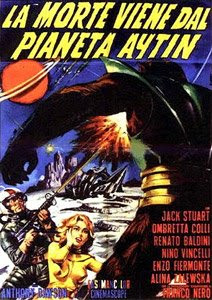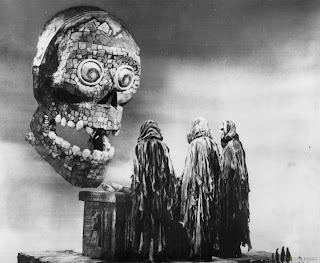 The Scoop:
The Scoop:John Waters' satirical look at the art world also operates as a drama about the destructive quality of fame.
Edward Furlong is the title character, a happy-go-lucky kid from Baltimore with a strange family and a passion for street photography. Art dealer Rorey Wheeler (Lili Taylor) discovers his work and brings him to New York, where his whole life (and the lives of those around him) is turned upside down. Christina Ricci gives one of her most charming performances as Pecker's girlfriend Shelley, and Waters fixtures Mink Stole and Patricia Hearst are also along for the ride.
Waters' usual raunchiness is toned down in favor of messages about the power of art and the true nature of success. Like most of the rest of Waters' post-Divine work, "Pecker" doesn't quite come alive with iconoclastic energy of his earlier films. Many of the gags fall flat and some of the characters are just a little too self-consciously quirky. But enough of Waters' trademark touches shine through to make the film fun, even if this winds up being only a minor addition to the Waters canon.
The most compelling reason to see "Pecker," though, is its ruminations on fame and art -- particularly in their effects on a funky, non-mainstream creative personality who just wants to follow the visions in his head. Because Waters' much-chronicled career path followed the same trajectory, "Pecker" is by far the most serious and self-reflective of the filmmaker's works.
Best Line:
"What they call art up in New York, young man, looks like just plain misery to me."
Side Note:
Yep, that's art photographer Cindy Sherman playing herself in the Soho gallery scene.
Companion Viewing:
"Serial Mom" (1994).
Links:
IMDb.
Take a Look:
Here is the horribly pedestrian and mainstream trailer. What happened to you, John Waters, to go from "Female Trouble" to this?







